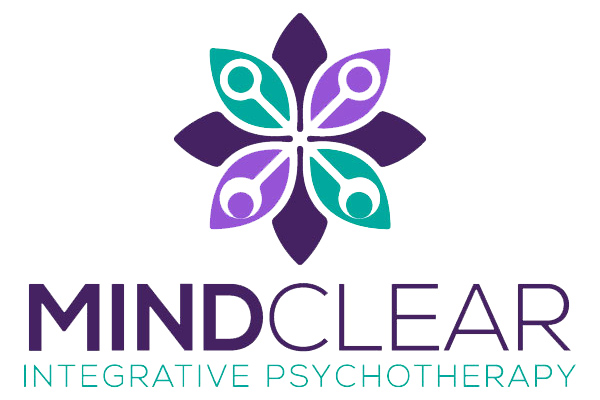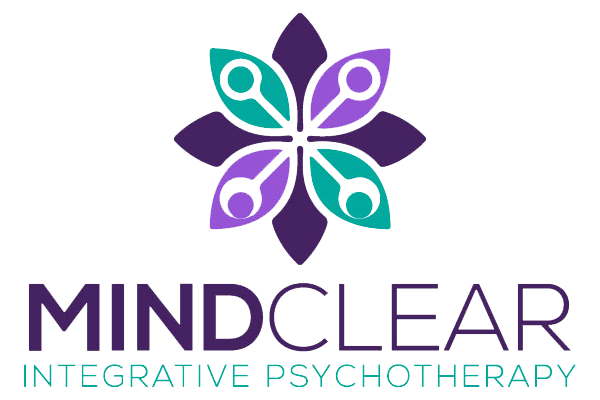The Healing Wisdom of Animals: Biophilia and the Love of Nature

Photo by Xan Griffin on Unsplash
As a relational therapist I believe that growth, change, and healing can effectively happen in healthy relationships. That said, the more I learn the more I understand that is not entirely exclusive to relationships with other humans.
Human relationships with animals have been in existence since the dawn of mankind and are a popular topic in literature, film, and art, and have been for centuries. This has to do with a lot more than the belief that animals are cute and make good pets. The subjective qualities of human relationships with animals are unique and provide benefits that are a growing topic of psychological research. In my own quest to understand this more, I turned to some personal resources as a starting point.
My best friend and I are both animal lovers. I am a trauma therapist and she is a trauma survivor.
Because of the depth of my relationship with my friend, we have discussions that move into difficult and sensitive topics. In a recent conversation with her, we started talking about animals and mental health. So, I asked about her relationships with animals.
Several compelling points emerged. She said that in her personal therapy, she engages in exercises where she takes imagined journeys to places in her past and her therapist invites her to chose a companion. I found it telling that she reported always choosing one of her dogs. We’ve been friends for most of our lives and she has been in a loving relationship with her partner for over a decade. I know her to be a person capable of enduring powerful, intimate, trusting relationships with people, and yet on this most perilous of journeys into her painful past, her companion of choice is always a dog.
In talking with her I felt an innate sense of logic in what she was saying. Still, for the sake of my own work in trauma and to further understand the healing qualities of the human-animal bond, I pressed her with the question “Why is it that you chose a dog?”
She explained that somehow she felt that her connection to her dogs was something she felt in her body and not her mind. That they have a wonderfully precise way of being close that soothes her pain and helps her to feel understood. I had so many questions for her, but she struggled to answer and eventually said, “If you need to know more you would have to ask the dog.”
Connecting Through the Non-Verbal
The idea of being in a relationship without the pressure of dialog or the complication of explanation is an interesting one. It expands certain possibilities when it comes to healing work, and there are times when connection is important but words fail. In fact, oftentimes it can be very difficult to find the words to describe an emotion, if you even know how you’re feeling at all.
Think about when the nervous system is activated. You’re in survival mode and the more nuanced, language-oriented parts of your brain shut down. This is an evolutionary development that can save your life when there is an actual threat present. Unfortunately, in the case of someone who has experienced chronic trauma, that sense of fear stays active regardless of whether there is an actual present threat. In this state of reactivity, it can be very difficult, if not impossible, to process the nuances of language.
Although we rely heavily on language to communicate, it is far from the only tool for connection. Verbal language is also a big difference that distinguishes people from animals. However, all animals, or at least all mammals, share a need for secure attachment.
History & Biophilia
Human relationships with dogs date back 200,000 years. DNA evidence shows that humans evolved the physical capacity (i.e., specific vocal chord shapes) for complicated verbal communication only 100,000 years ago. That means that there was a period of approximately 100,000 years where humans coexisted with dogs without complicated language. Imagine what those relationships consisted of, at a time when humans were far more connected to nature.
The late scientist Edward O. Wilson wrote a book called Biophilia which takes a theoretical deep dive into the interconnectedness and interdependence of humans and nature, including relationships with animals. Dr. Wilson defined Biophilia as “the urge to affiliate with other forms of life” and hypothesized that humans are innately drawn to nature and other species as an evolutionary adaptation that supports the survival of all species and the natural world.
The word biophilia translates as “love of life” and is a growing subject of psychological research, with a major focus on the benefits of human-animal relationships.
Animals & Mental Health
The use of pets for therapeutic benefit in people with a diagnosis of PTSD is well researched. For instance, a paper published in One Health in December 2023 focused on a therapy dog program for older veterans utilizing the concept of biophilia as the focus of its study. It demonstrated an evidence base that dogs offer a unique and significant source of support and connection to their owners that can be healing and beneficial to mental health.
Another well-documented benefit of human-animal interaction is its ability to alleviate stress and anxiety. There is research indicating that interacting with pets can lower cortisol levels (the stress hormone) and blood pressure, and that stroking a dog or cat can trigger the release of oxytocin, a neurotransmitter associated with feelings of calmness and relaxation.
Interacting with animals is linked to lower rates of depression and social isolation and higher levels of life satisfaction. The care involved in responsible pet ownership can provide a sense of purpose and foster feelings of self-worth and accomplishment. In turn, this can have a significant positive impact on people’s mood and overall happiness by releasing endorphins. It also decreases feelings of loneliness and isolation by providing animal companionship, but also by motivating dog owners to get outside, exercise more, and meet other dog owners.
It’s not only domesticated pets that people gain benefit from. Humans also gain happiness from observing animals in nature. A King’s College study focused on sensory effects in nature and found that the sound of wild birds singing increased participant’s focus and sense of happiness. Another study done at the University of Leeds found that even watching videos of animals in the wild improved study participants mood and ability to concentrate.
The King’s college study suggested that the positive effect of hearing birdsong satisfies an ancient need that lies deep within the human psyche by indicating that spring is close; with Spring comes the promise of new growth and the lengthening of days. The interconnectedness between seasons, animals and human emotion are evident in this theory.
I think I found words for why my friend chose dogs as companions on her healing journeys.
Sigrid Nunez’s novel “The Friend” is about a Great Dane who becomes the narrator’s companion as she grieves the recent death of a close friend. In one of the many inner dialogues the character has with the dog, she says this.
“I think it’s fair to say that, thanks to your superior gift, you can read me better than I can read you. Hormones and pheromones keep you updated. My anxiety about classes starting up again in a week. My open wounds. My hidden fears. My loneliness. My rage. My never-ending grief. You can smell all that.”









